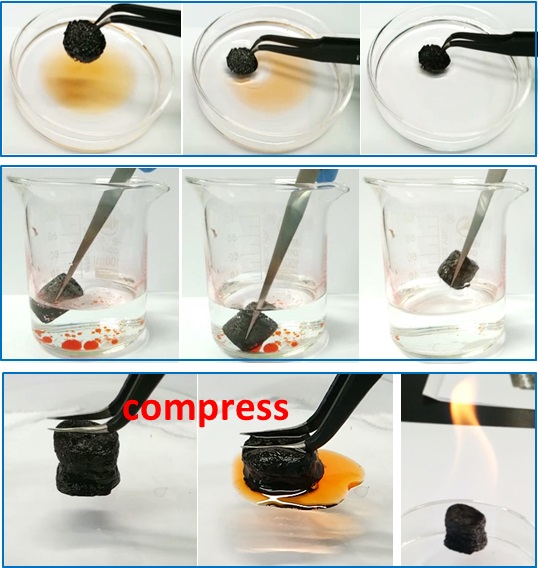Graphene and 2D materials with ultrathin structure and unique physicochemical properties as well as their designed 2D nanohybrids can serve as novel electrode and catalytic materials, which are playing an important role in green, clean and sustainable technologies with impact features of environmental friendliness, low-carbon, green and renewable energy. Regarding this topic, the purpose is to utilize novel 2D materials and to develop their green, innovative and advanced energy technologies for a clean and sustainable future, in particular, the electricity generation from renewables (e.g., biomass, solar) and other and conversion technologies (e.g., solid-state fuel cell, water splitting, electrochemical catalysis, environment protection and remediation, and waste water treatment) as well as other energy storage (e.g., hydrogen storage, CO2 capture). To this end, we are mainly concentrating on the design and development of novel electrode and catalytic materials with improved conductivity and increased active sites for these green, clean and sustainable technologies. In particular, we mainly focus on exploring new nonprecious metal and metal-free electrocatalysts based on 2D materials and porous carbon materials for oxygen reduction reaction with enhanced activity and stability for renewable energy applications in fuel cells.
Electrochemical Catalysis:
2D catalytic materials are a new class of heterogeneous catalysts in various electrochemical reaction systems, such as oxygen reduction reaction, hydrogen evolution reaction, oxygen evolution reaction, and electrochemical reduction of carbon dioxides. To this end, we are creating a new generation of 2D catalytic materials (e.g., single atom catalysts, 2D heterostructures), 3D nitrogen-doped graphene network-supported metal/oxide nanoparticles, conjugated mesoporous polymer-derived carbon, metal (Fe, Co)-nitrogen-doped nanoporous carbon as efficient electrocatalysts.

Environment Protection and Remediation, Water Treatment:
The development of efficient and eco-friendly catalytic systems to absorb and then to degrade pollutants in natural environments is of vital significance. And graphene and graphene-like (e.g., TiO2, boron nitride) heterogeneous catalysts for environment are being using in water treatment and seawater desalination systems.

Selected Publications
High-Valence Nickel Single-Atom Catalysts Coordinated to Oxygen Sites for Extraordinarily Activating Oxygen Evolution Reaction. Advanced Science, 2020, 1903089.
A General Bimetal-ion Adsorption Strategy to Prepare Nickel Single Atom Catalysts Anchored on Graphene for Efficient Oxygen Evolution Reaction. Journal of Energy Chemistry, 2020, 43, 52-57.
High-Performance Electrocatalysts for Oxygen Reduction Derived from Cobalt Porphyrin-Based Conjugated Mesoporous Polymers. Advanced Materials 2014, 26, 1450-1455.
Mesoporous Metal-Nitrogen-Doped Carbon Electrocatalysts for Highly Efficient Oxygen Reduction Reaction. Journal of the American Chemical Society, 2013, 135, 16002-16005.
3D Nitrogen-Doped Graphene Aerogel-Supported Fe3O4 Nanoparticles as Efficient Eletrocatalysts for the Oxygen Reduction Reaction. Journal of the American Chemical Society, 2012, 134, 9082-9085.